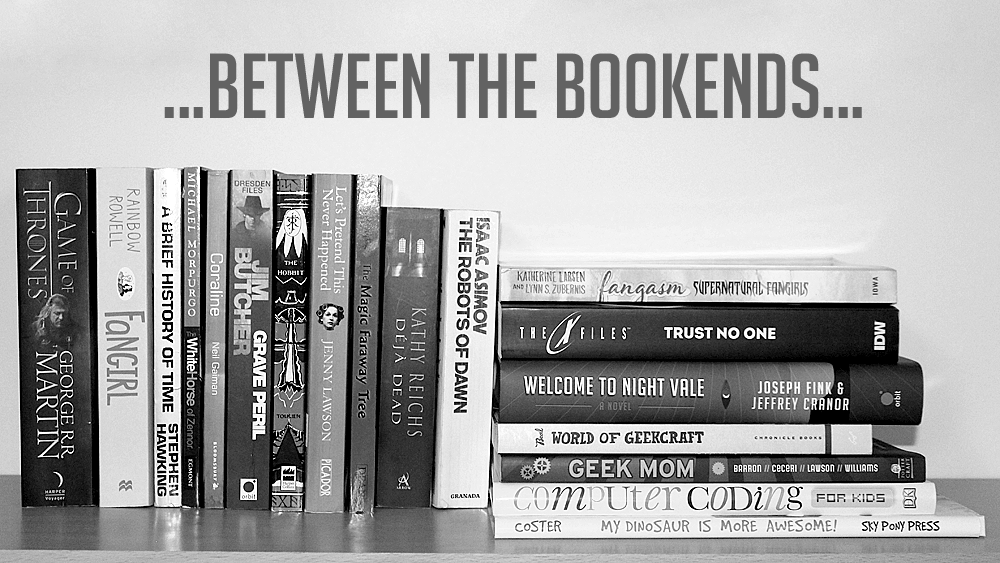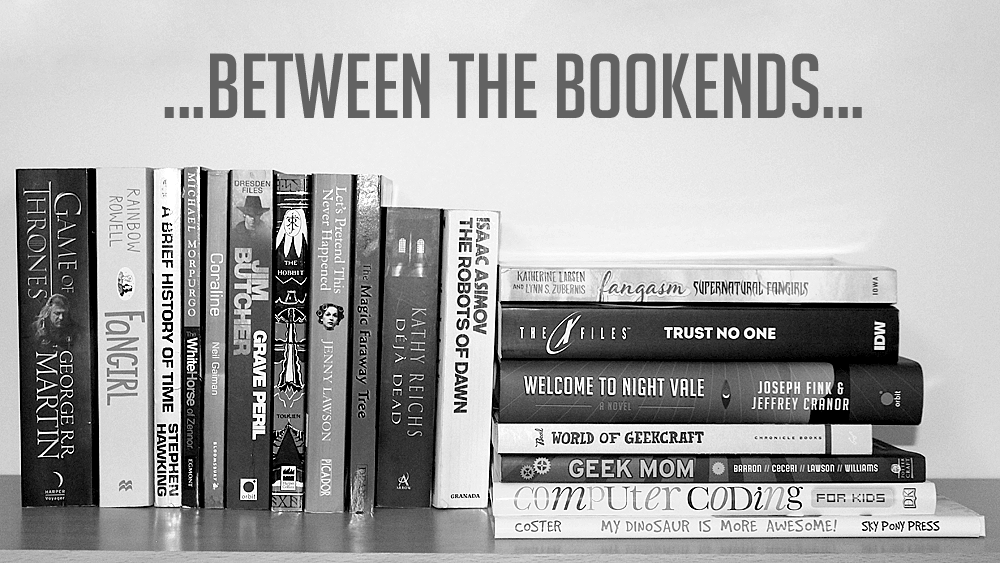
In this month’s Between the Bookends, Mel dives into hard science and softer fantasy, Anika explores the world of personality psychology, and Sophie learns about Air Force One and creative writing. We hope you find something to pique your interest as we finally head toward springtime and we wish a very happy Easter in advance to all those celebrating the holiday.
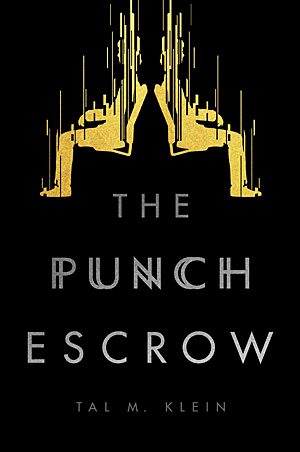
The Punch Escrow by Tal M. Klein
The year is 2147 and Joel Byram is the victim of a teleportation accident which leaves him stranded in New York City. Not a big deal. Until he learns his wife, an engineer for International Transport (the teleportation company) believes her husband was killed during his transport to meet her on Costa Rica. She makes an executive decision to break the company rules and recreates her husband from the saved data in the system. The problem? There are now two Joel Byrams in the world and International Transport must contain the issue before the world discovers their dark secret… everyone is just a carbon copy of a carbon copy.
The Punch Escrow‘s concept and the first few chapters are what piqued Mel’s interest. However, over time the characters failed to fully develop and she found it harder and harder to suspend disbelief and continue into the storyline. Thus, causing the novel to fall flat of her desired expectation. The hard science was spot-on but everything else was paper thin. Unfortunately, paper thin story and strong science seems to be a common theme in most hard science fiction–you either get a strong story or strong science but never both together.
Mel felt like the author was attempting to cram an excessive amount of information into a single novel which left the plot flat. A Three-Act Hero’s Journey is evident in the novel’s structure, and the overall world-building is good. The issue that Mel noticed that played into the underdeveloped protagonist is how Joel had an external conflict but there wasn’t much of an internal conflict. The AIs expressed more internal conflict than the protagonist. Overall, if Klein delved deeper into Joel Byram’s character the story would have found the narrative center it needed to support all of the action within the novel.
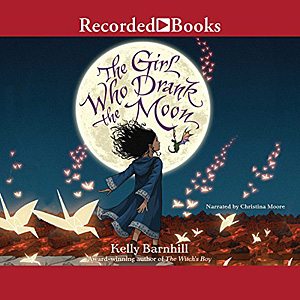
The Girl Who Drank the Moon by Kelly Barnhill
A baby enmagicked by moonlight. A tender-hearted witch named Xan. A poetic bog monster called Glerk. A quirky dragon dubbed Fyrian. And a shadow collective known as the Protectorate fill the pages of The Girl Who Drank the Moon – a magical coming-of-age middle-grade fantasy for all ages.
Every year, the Protectorate collects a baby and places the child in the woods as a sacrifice for the witch in hopes the witch will leave the town alone. And, every year Xan (the witch) goes to the forest to collect the poor abandoned babies in order to safely transport them to a neighboring town. However, after accidentally nourishing an abandoned baby with moonlight, Xan adopts the enmagicked baby, later naming the child Luna. But, Luna continues to drink moonlight and her powers become of great concern to Xan, Glerk, and Fyrian. So, Xan binds Luna’s magic within the child until her 13th birthday.
Mel was bewitched by the vibrant cover art. The story is character driven in a literary style rather than plot driven and the lyrical prose cast a hypnotizing spell upon her ears as she listened to the audiobook, narrated by Christina Moore. The way Christina Moore added layers to the storyline and characters with the inflection of her voice was mesmerizing. However, there are a few adult concepts that might breeze over the head of some middle-grade readers and for that reason, Mel would recommend this novel for advanced middle-grade readers or for a classroom or family setting with a parent or peer/teacher guided conversation.
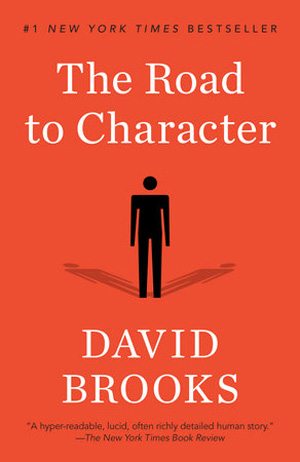
The Road to Character by David Brooks
Anika read two books for her course on personality psychology and the dynamics of character. Both books deal with the creation – or more correctly the discovery – of character in response to the circumstances of one’s life.
David Brooks’ The Road to Character is a collection of profiles the author chose as examples of good character which he defines as humble, generous, and self-sacrificing. His stated purpose is to provide a map toward morality for readers trapped in a modern society he considers shallow, narcissistic, and concerned with “resume goals” instead of “eulogy goals”, but Anika finds the book itself to be both shallow and narcissistic. Brooks introduces it as an attempt “to save my soul” and everyone he chooses to profile is someone he has learned from and thus believes everyone can learn from regardless of the specifics of their own life and culture.
Brooks is also overly concerned with degrading any attempt to compliment, or reward, or bolster self-esteem, claiming that no one needs external validation or representation to achieve internal self-worth. Anika thinks it’s an easy statement to make when you are a rich, straight, white, cis man who taught at Yale and writes for the New York Times and is thus validated by default every day and everywhere in our shared western culture. Ultimately, Anika struggled to finish the book, and it did not help build her character, just confirmed that she is never the right audience for David Brooks.
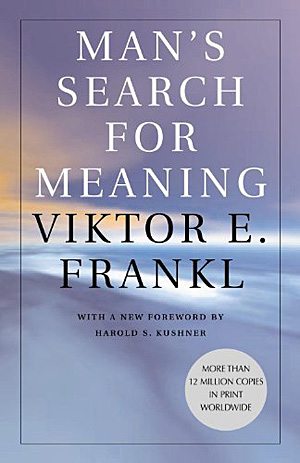
Man’s Search for Meaning by Viktor Frankl
Man’s Search for Meaning was also a struggle to read, but for wholly different reasons. Frankl’s book is part memoir of his imprisonment in an Auschwitz concentration camp, part exploration of his psychological theory of logotherapy. Like Brooks, Frankl’s journey begins with self-exploration, but unlike Brooks, he was a neurologist and psychiatrist and had a foundation of education and experience on which to build his theory.
Frankl’s book is hard to read because it describes horrific suffering, often in a matter of fact, almost clinical voice. He theorizes that the only thing that can never be taken from someone is their ability to choose their attitude in any given circumstance, even, or especially, unavoidable suffering. Anika is no more a Holocaust survivor than she is a conservative columnist, but she found Frankl’s search, and book, to be more relatable as he urged his reader not to mimic his examples. Of course, no one should have to suffer in a concentration camp – but to reflect on his belief that everyone has the freedom to find meaning in what they do, what they experience, and what they suffer, whatever each of those may be.

The Joy of Mindful Writing: Notes to Inspire Creative Awareness by Joy Kenward
Sophie was sent a copy of The Joy of Mindful Writing, a creative writing guide that aims to help writers, “embrace the process of writing and the rich potential of conscious creativity”. The book includes 20 mindful writing exercises over its relatively short length, including various forms of meditation, stream of consciousness writing, and engaging all our senses to explore our world and spark new ideas and ways of looking at things
The book gives advice on how to avoid common writing stumbling blocks such as not allowing yourself to believe you require certain materials in order to write (“oh I can’t write anything until I’ve bought that new, expensive pen”), and finding time to write (one anecdote recounts a woman who gave up one hour of television per night and had written a novel six months later). There are also ideas to help inspire creativity in your storytelling – using the elements and seasons to inspire change, allowing yourself to daydream, and using lists and timelines to both inspire and keep track of events.
This wasn’t the best creative writing book Sophie has read, but it was deeply positive and encouraging and will no doubt be of help to aspiring writers struggling to find what works for them.
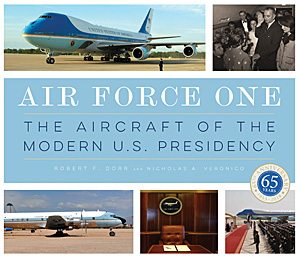
Air Force One: The Aircraft of the Modern U.S. Presidency by Nicholas A Veronico
Sophie also read Air Force One: The Aircraft of the Modern U.S. Presidency – a fascinating micro-history about all the planes that have served as Air Force One, the call sign reserved for any plane carrying the sitting US President, and the helicopters which are known as Marine One. Although there are some mentions of early aviation, the book really begins in the 1940s when FDR became the first sitting president to take flight, to the objections of many in the White House and Secret Service who considered the activity too dangerous for the president. FDR’s wife’s uncle – Theodore Roosevelt – had been the first president to fly at all back in 1910, but this took place after he left office.
While intended for the layperson, Air Force One does go into a lot of detail and Sophie admits she did find herself skipping over long sentences filled with technical details about engine thrust and similar subjects. Instead, she was fascinated by the procedures surrounding the planes, their history, and the role they have played in major world events including the assassination of JFK, and 9-11. While a lot of information about the current planes that operate as Air Force One is classified for obvious security reasons, there is still a lot packed into this book about how the president gets to and from the planes, their defense mechanisms, and many of the rooms on board.
Alongside all the fascinating information are dozens of gorgeous photos going back to early presidential planes like the Dixie Clipper and the Guess Where II, and right up to 2017 with stunning pictures of the Boeing 747-400s that serve as Air Force One today, as well as information on the new planes that are due to take over from 2024 when the current ones finally finish their working lives. For anyone interested in aviation, the US government, military history, or any combination of those, this is a beautiful and well-researched look at some of the world’s most iconic aircraft and it has made Sophie want to visit the National Museum of the US Air Force in Dayton, Ohio next time she visits the USA.
GeekMom received some books included in this list for review purposes.
